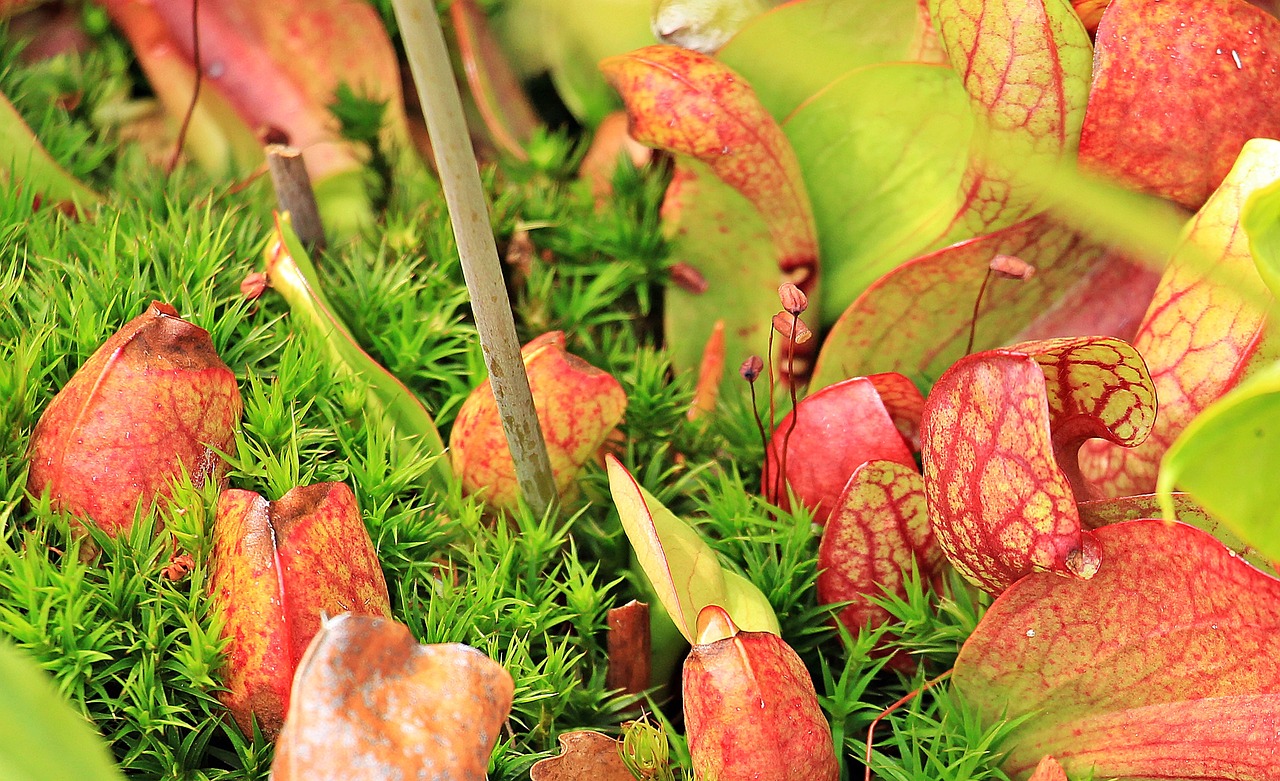
Introduction to Sarracenia Sarracenia, commonly known as North American pitcher plants, are carnivorous plants that are not only fascinating but also beneficial for the environment. They are native to North America and are known for their striking pitcher-shaped leaves that trap insects. These plants are a popular choice among gardeners due to their unique appearance and relatively easy care requirements.
Types of Sarracenia Plants There are several species and hybrids of Sarracenia, each with its own unique characteristics and growing requirements. Some popular types include Sarracenia purpurea, Sarracenia flava, Sarracenia leucophylla, and Sarracenia psittacina. Each type varies in size, color, and shape of their pitchers, adding diversity to any garden.
Benefits of Planting Sarracenia Planting Sarracenia can offer several benefits. Apart from their aesthetic appeal, these plants play a crucial role in controlling insect populations. By attracting and trapping insects, they help in natural pest control, reducing the need for harmful pesticides in your garden. Additionally, Sarracenia plants are low-maintenance and can thrive in various conditions, making them an excellent choice for beginner gardeners.
How to Plant Sarracenia Planting Sarracenia requires careful consideration of their growing requirements. Start by selecting a suitable location with partial sunlight and well-drained soil. Dig a hole slightly larger than the plant’s root ball and place the plant in the hole. Backfill with soil and water thoroughly. Mulching around the base of the plant can help retain moisture and regulate soil temperature.
Ideal Growing Conditions for Sarracenia Sarracenia plants thrive in moist, acidic soil and require a humid environment. They prefer temperatures between 60-85°F (15-29°C) and benefit from regular watering to keep the soil consistently moist. Avoid using tap water, as Sarracenia plants are sensitive to minerals. Instead, use rainwater or distilled water for watering.
Common Pests and Diseases of Sarracenia While Sarracenia plants are relatively resistant to pests and diseases, they can still be affected by a few common issues. Aphids, spider mites, and scale insects can occasionally infest these plants. To prevent pest infestations, regularly inspect your plants and remove any affected leaves. Additionally, fungal diseases such as powdery mildew can occur in humid conditions. Proper air circulation and avoiding overhead watering can help prevent fungal diseases.
Tips for Maintaining Sarracenia Plants To ensure the health and vitality of your Sarracenia plants, consider the following tips:
- Avoid fertilizing these plants, as they obtain nutrients from insects.
- Trim off any dead or decaying pitchers to promote new growth.
- Overwintering is essential for many Sarracenia species. During the winter, reduce watering and protect the plants from freezing temperatures.
- Regularly clean the pitchers to prevent the buildup of debris and algae, which can hinder their insect-trapping ability.
Conclusion In conclusion, planting Sarracenia can be a rewarding experience for any gardener. These unique carnivorous plants not only add beauty to your garden but also help in natural pest control. By following the tips mentioned above, you can enjoy healthy and thriving Sarracenia plants in your garden.
FAQs
- How often should I water my Sarracenia plant?
- Sarracenia plants require consistently moist soil, so water them regularly, keeping the soil evenly moist but not waterlogged.
- Can I feed my Sarracenia plant insects?
- Yes, Sarracenia plants can supplement their diet with insects, but they do not require regular feeding. Occasional feeding is sufficient.
- What type of soil do Sarracenia plants need?
- Sarracenia plants require acidic, nutrient-poor soil. A mix of peat moss and perlite is ideal for growing these plants.
- Do Sarracenia plants require full sun?
- Yes, Sarracenia plants prefer full sun to partial shade and thrive in wet, boggy conditions.
- How do Sarracenia plants attract prey?
- Sarracenia plants attract prey through a combination of visual and olfactory cues. The colorful pitchers and sweet-smelling nectar of the plants attract insects, which then fall into the pitchers and are unable to escape.